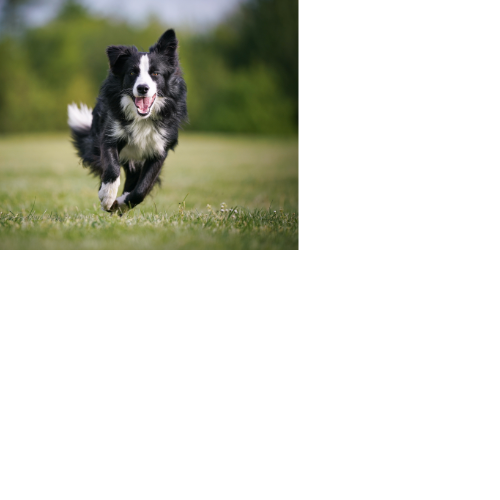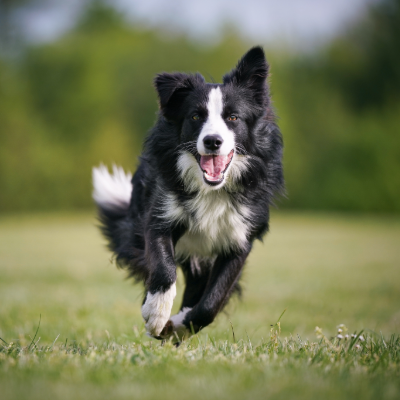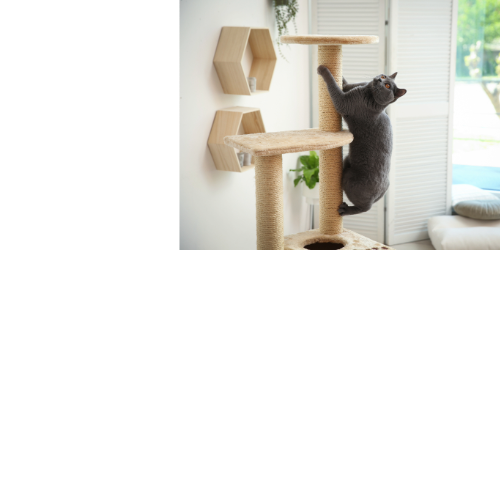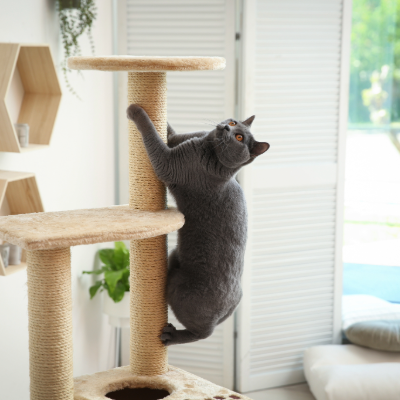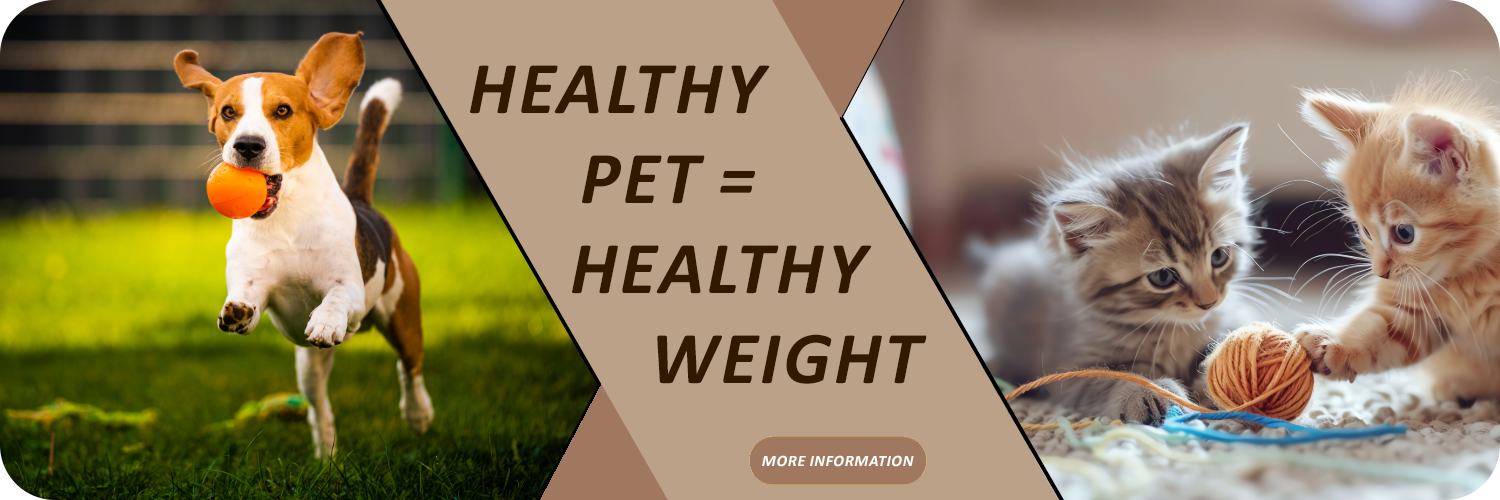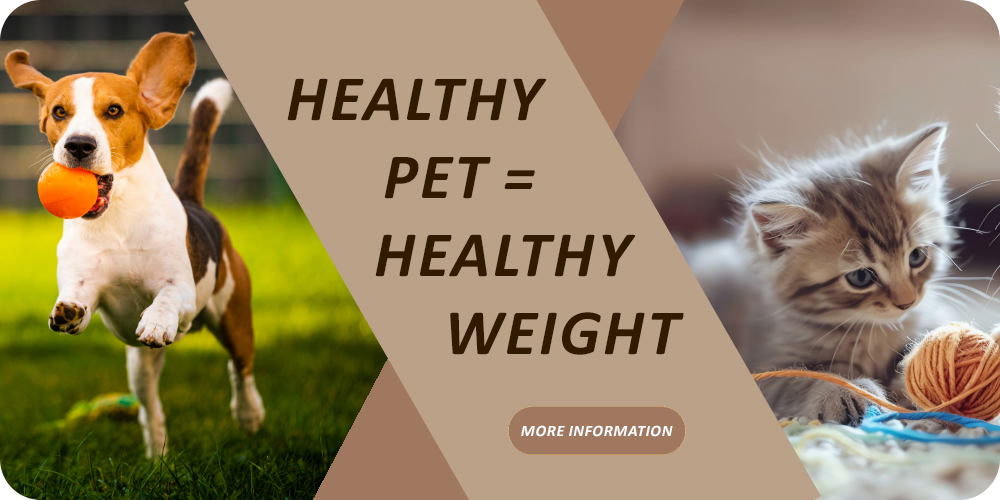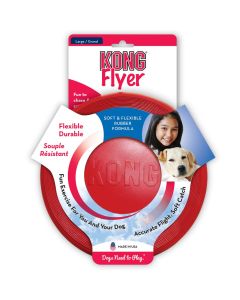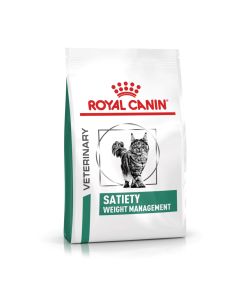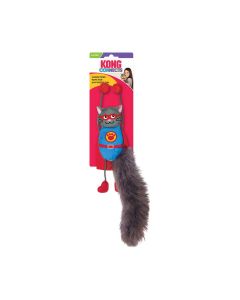The Importance of Optimising your pets weight for a longer healthier life!
As we all know if we can maintain a healthy diet and weight, we feel much better. The same is also true for our pets. Unfortunately, over half of the dogs are overweight (and the same for cats). Neutering pets has many health benefits but one downside is that they are more prone to gain weight as they get older, therefore we need to be careful to manage their diet to maintain optimal weight. If they gain weight, we need to take corrective action and manage their diet and exercise regime carefully.
We all become accustomed to our own pets and hate to think that they are too heavy due to us killing them with kindness!
Dog Advise
Neutering dogs at an early age has many health advantages but the downside is that neutered pets are more prone to weight gain.
So what if my dog is over weight?
As dogs get older, they often start to manifest underlying health conditions. These can be exacerbated if your dog is too heavy. It is well known that dogs which are too fat have more health issues than those which are thinner. The following list gives some examples of conditions which are worse in overweight pets: Arthritis -Diabetes -Pancreatitis -Heart disease -Respiratory distress -High blood pressure -Cancer
“Quality of life is reduced in obese dogs but improves after successful weight loss”. The Veterinary Journal. Volume 192, Issue 3, June 2012, Pages 428-434.
How can I help my dog lose weight?
Stage 1: Ascertain whether your dog is overweight or underweight and if necessary, consult your vet practice as they can weigh your dog and give advise otherwise Remember:
You should be able to feel the outline of your dog's ribs without excess fat covering.
You should be able to see and feel your dog's waist, and it should be clearly visible when viewed from above.
Your dog's belly should be tucked up when viewed from the side.
Stage 2:What weight is your dog and what weight should it be? The most important thing is to know the ideal weight for your breed of dog. You can chat to your vet, research images of your dogs breed online and compare or use a dog weigth chart.
Stage 3:Feed your dog a diet formulated to help reduce weight. This will be a lower calorie diet formulated to help your dog feel satisfied. It is crucial to weigh out the recommended amount of food for your dog based on its ideal mature weight. If you give your dog treats, then reduce the amount fed in its bowl accordingly.
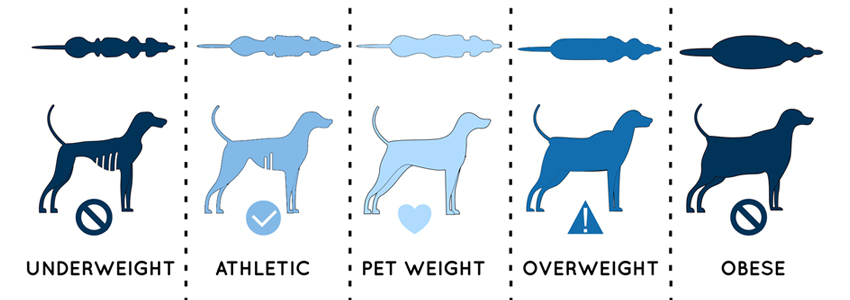

Other methods to help achieve Healthy Weight!
When giving treats avoid human treats, lower the quantity of treats and aim for a healthy dog treat/chew. Regular exercise is an important part of a dog's weight loss plan:
- - Burning calories: Exercise helps dogs burn off the calories they consume through food.
- - Increasing metabolism: Regular exercise increases a dog's metabolic rate, which helps with weight loss.
- - Building lean muscle: Exercise helps dogs retain lean body mass.
- - Preventing boredom: Dogs that don't get enough exercise may eat more out of boredom.
- - Reducing destructive behaviours: Exercise can help reduce destructive behaviours like chewing, digging, and barking.
For dogs to shift excess body fat, regular aerobic exercise in the form of a brisk walk or playing fetch is beneficial. Swimming can also be effective. Always consider your dog's age, breed, and health condition, and consult your vet before starting any new exercise routine.
Cat Advise
Neutering cats at an early age has many health advantages but the downside is that neutered cats are more prone to weight gain (33% UK cats are overweight) which can lead to health issues such as: Arthritis -Cystitis -Diabetes
How can I ensure my cat is the correct weight?
Stage 1:Determine what weight your cat should be and what weight it actually is. Consult your vet if necessary for advice.
Mature cats female cats should be between 3.5-5.5kg whereas male cats will be 5-7kg. You can weigh your cat by placing it in its carrier cage and holding it while weighing your self on you bathroom scales and then reweigh minus the cat.
How easy is it to feel your cats ribs? Does it have a pendulous shaped belly with excess fat between the skin and the body wall?
Stage 2:Choose a lower calorie diet and weigh out how much your cat should get if it was at its ideal weight and only feed that amount of food each day.
It is more difficult in multi cat household but a microchip controlled feeder may be an option to ensure each cat gets the correct amount of food each day.
Remember if you like to give your cat treats then reduce the calorie intake in their normal diet accordingly
If cats are outdoors they lead quite an active life particularly at night. Exercise is good for your cat as well as your dog. If it goes outside then it will get regular exercise but if it is an indoor cat then consider getting
- A cat climbing frame
- A cardboard box with a couple of holes in it through which your cat can crawl into the box
- A toy that the cat can play with such as a small furry mouse
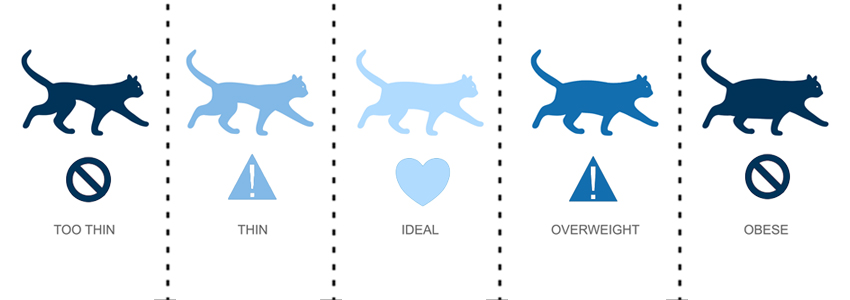

Neutering dogs at an early age has many health advantages but the downside is that neutered pets are more prone to weight gain
So what if my dog is over weight?
As dogs get older, they often start to manifest underlying health conditions. These can be exacerbated if your dog is too heavy. It is well known that dogs which are too fat have more health issues than those which are thinner. The following list gives some examples of conditions which are worse in overweight pets
- Arthritis
- Diabetes
- Pancreatitis
- Heart disease
- Respiratory distress
- High blood pressure
- Cancer
“Quality of life is reduced in obese dogs but improves after successful weight loss”.
The Veterinary Journal. Volume 192, Issue 3, June 2012, Pages 428-434.
How can I help my dog lose weight?
Stage 1:Ascertain whether your dog is overweight or underweight and if necessary, consult your vet practice as they can weigh your dog and give advise otherwise Remember:
- You should be able to feel the outline of your dog's ribs without excess fat covering.
- You should be able to see and feel your dog's waist, and it should be clearly visible when viewed from above.
- Your dog's belly should be tucked up when viewed from the side.
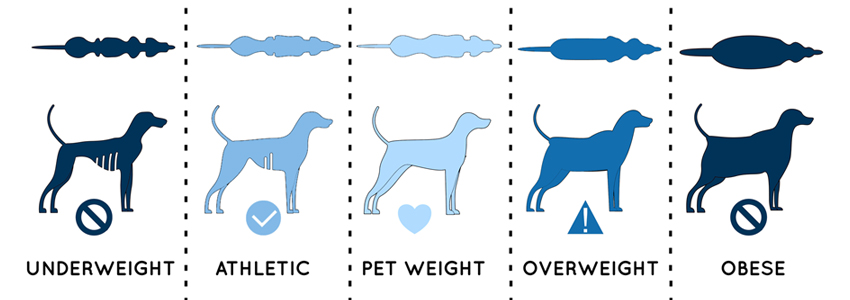

Stage 2: What weight is your dog and what weight should it be? The most important thing is to know the ideal weight for your breed of dog. You can chat to your vet, research images of your dogs breed online and compare or use a dog weigth chart.
Stage 3: Feed your dog a diet formulated to help reduce weight. This will be a lower calorie diet formulated to help your dog feel satisfied. It is crucial to weigh out the recommended amount of food for your dog based on its ideal mature weight. If you give your dog treats, then reduce the amount fed in its bowl accordingly.
Other methods to help achieve Healthy Weight
When giving treats avoid human treats, lower the quantity of treats and aim for a healthy dog treat/chew
Regular exercise is an important part of a dog's weight loss plan:
- Burning calories: Exercise helps dogs burn off the calories they consume through food.
- Increasing metabolism: Regular exercise increases a dog's metabolic rate, which helps with weight loss.
- Building lean muscle: Exercise helps dogs retain lean body mass.
- Preventing boredom: Dogs that don't get enough exercise may eat more out of boredom.
- Reducing destructive behaviours: Exercise can help reduce destructive behaviours like chewing, digging, and barking.
For dogs to shift excess body fat, regular aerobic exercise in the form of a brisk walk or playing fetch is beneficial. Swimming can also be effective. Always consider your dog's age, breed, and health condition, and consult your vet before starting any new exercise routine.
Neutering cats at an early age has many health advantages but the downside is that neutered cats are more prone to weight gain (33% UK cats are overweight) which can lead to health issues such as:
- Arthritis
- Cystitis
- Diabetes
How can I ensure my cat is the correct weight?
Stage 1: Determine what weight your cat should be and what weight it actually is. Consult your vet if necessary for advice.
Mature cats female cats should be between 3.5-5.5kg whereas male cats will be 5-7kg. You can weigh your cat by placing it in its carrier cage and holding it while weighing your self on you bathroom scales and then reweigh minus the cat.
How easy is it to feel your cats ribs? Does it have a pendulous shaped belly with excess fat between the skin and the body wall?
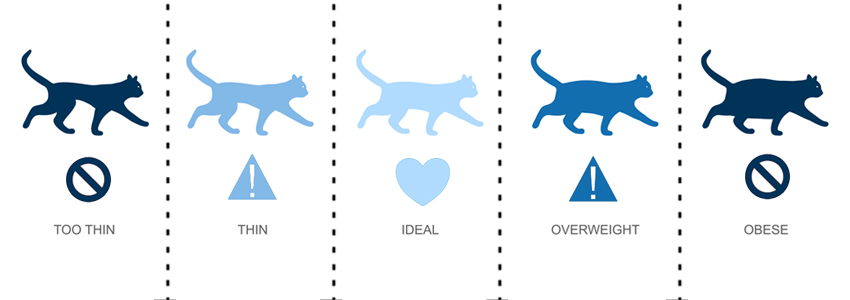

Stage 2: Choose a lower calorie diet and weigh out how much your cat should get if it was at its ideal weight and only feed that amount of food each day.
It is more difficult in multi cat household but a microchip controlled feeder may be an option to ensure each cat gets the correct amount of food each day.
Remember if you like to give your cat treats then reduce the calorie intake in their normal diet accordingly
If cats are outdoors they lead quite an active life particularly at night. Exercise is good for your cat as well as your dog. If it goes outside then it will get regular exercise but if it is an indoor cat then consider getting
- A cat climbing frame
- A cardboard box with a couple of holes in it through which your cat can crawl into the box
- A toy that the cat can play with such as a small furry mouse
Check out our website for diets formulated to help pets attain and remain at their ideal mature weight!
Healthy Treats & Active Toys
